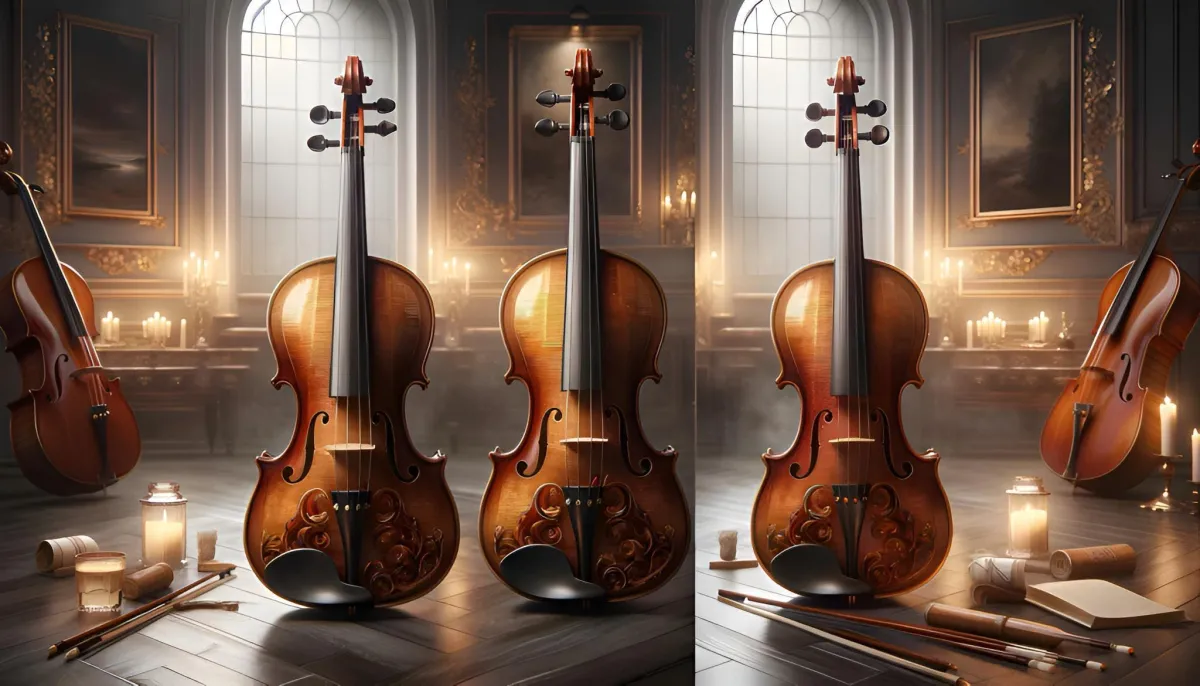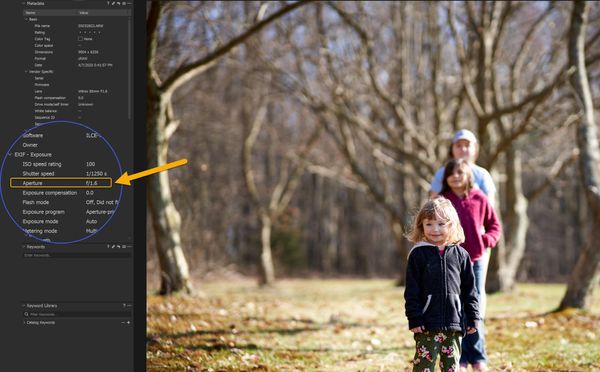Introduction to Buying a Violin
When embarking on the journey to purchase a violin, whether you're a beginner just starting your musical voyage or an experienced musician looking to upgrade your instrument, understanding the intricacies of what makes a good violin can significantly enhance your selection process. This comprehensive violin buying guide is crafted to assist you in navigating the vast world of violins, ensuring you make an informed decision tailored to your needs and preferences.
Understanding Violin Sizes
Violins come in various sizes, making them accessible to players of all ages. For children, it's crucial to select the right size to facilitate comfortable play and prevent strain. Violins are generally measured in fractions (1/16, 1/10, 1/8, 1/4, 1/2, 3/4, and 4/4) with 4/4 being a full-sized violin suitable for adults. The correct size depends on the arm length of the player. A simple way to measure this is to extend the arm and measure the distance from the neck to the middle of the palm; this measurement corresponds to the appropriate violin size.
Acoustic vs. Electric Violins
Acoustic violins are traditional, resonating with natural sound produced by the vibration of the strings and the body of the instrument. They are ideal for classical and orchestral music and are widely preferred for their rich, authentic tones.
Electric violins, on the other hand, require an amplifier to produce sound. They offer a broader range of sound effects and are often chosen by musicians looking to experiment with different genres, including rock, jazz, and electronic music. Electric violins are also a great choice for practice due to their ability to connect headphones, allowing for silent practice sessions.
New vs. Used Violins
New violins offer the advantage of being in pristine condition with no wear and tear. They often come with warranties and the assurance that the instrument has not been previously damaged. However, they can be more expensive.
Used violins can provide excellent value, offering the opportunity to acquire a higher-quality instrument at a lower price point. When considering a used violin, it's important to thoroughly inspect the instrument for any damage and to play it (or have it played) to assess its sound quality and playability.
Factors to Consider When Buying a Violin
- Craftsmanship and Material: High-quality violins are typically made from specific types of wood such as spruce for the top and maple for the back, sides, and neck. The craftsmanship, including the carving of the wood and the assembly of the instrument, plays a significant role in its sound production.
- Sound Quality: The sound of a violin is subjective and varies greatly between instruments. Look for a sound that appeals to you, whether you're seeking a bright, loud projection or a softer, mellower tone.
- Playability: The setup of the violin, including the bridge, strings, and fingerboard, affects how easy it is to play. An improperly set up violin can be difficult to play and may discourage beginners.
- Price Range: Violins can range from under $100 for basic beginner models to several thousand dollars for professional instruments. Establishing a budget can help narrow down your options.
- Brand and Manufacturer Reputation: Researching brands and seeking recommendations can lead you to reliable manufacturers known for quality instruments.
Evaluating Violins Before Purchase
The process of selecting the right violin involves a thorough evaluation of several key aspects. This part of the guide focuses on what to look for and how to test violins before making a purchase, providing you with the knowledge to choose an instrument that not only sounds beautiful but also feels right in your hands.
Examining the Violin's Physical Condition
1. Structure and Build Quality: Inspect the violin for any signs of damage or poor construction, including cracks, open seams, or warping. The neck should be straight, and the joinery between the neck and body should be tight and secure.
2. Wood Quality and Finish: High-quality violins are made from seasoned wood, which contributes to the instrument's sound and durability. Look for a uniform grain and a smoothly applied varnish. Avoid violins with a thick, glossy finish, as this can dampen the sound.
3. Fittings and Accessories: Check the quality of the tuning pegs, chin rest, tailpiece, and bridge. These should be made from quality materials (e.g., ebony or boxwood) and be properly fitted to the instrument. The bridge should be correctly positioned and shaped to support the strings' tension.
Playing the Violin
1. Sound Production: Play the violin to assess its sound quality. Listen for a balanced tone across all strings and registers. The instrument should produce a clear, resonant sound without any buzzes or rattles.
2. Playability: The action, or the distance between the strings and the fingerboard, should be comfortable for your playing style. The violin should feel responsive, with a bow that moves smoothly across the strings.
3. Response and Projection: Evaluate how well the violin responds to different playing techniques (e.g., legato, staccato, pizzicato). A good violin will project sound well, filling the room even with soft playing.
Consulting with Professionals
1. Seeking Expert Opinion: If possible, bring a teacher or experienced violinist with you when testing violins. Their expertise can provide valuable insights into the instrument's quality and suitability for your needs.
2. Professional Setup: Consider having the violin professionally set up by a luthier. A well-set-up violin can significantly improve playability and sound quality.
Trying Multiple Violins
It's crucial to try several violins within your price range before making a decision. Each instrument has its unique character and feel, and what works for one musician may not suit another. Spend time with each violin, playing a variety of pieces to fully understand its capabilities and limitations.
Where to Buy a Violin
Finding the right place to buy a violin is as crucial as selecting the instrument itself. As a side note, if you're looking for violin financing ideas, see 9 Unbeatable Options for Financing a Violin (All Credit Types). In this part of the guide we'll navigate through the various options available for purchasing a violin, highlighting the advantages and disadvantages of each to help you make an informed decision that suits your needs and preferences.
Local Music Stores
Pros:
- Personalized Service: Staff can provide expert advice and assistance, helping you choose the right violin.
- Immediate Availability: You can leave the store with your instrument the same day.
- Try Before You Buy: Allows for hands-on testing of various violins to assess sound quality and playability.
- Support and Services: Many stores offer services such as setups, repairs, and maintenance.
Cons:
- Limited Selection: Smaller stores may have a limited range of brands and models.
- Price: Physical stores often have higher overhead costs, which can reflect on the pricing of instruments.
Online Retailers
Pros:
- Wide Selection: Access to a vast inventory of violins from different manufacturers worldwide.
- Competitive Pricing: Often lower than brick-and-mortar stores due to reduced overhead costs.
- Convenience: Shop from the comfort of your home, with detailed product descriptions and reviews.
Cons:
- Cannot Try Before Buying: You rely on descriptions and reviews without the opportunity to play the instrument beforehand.
- Shipping Risks: Potential for damage during shipping, although most reputable sellers offer insurance and return policies.
Luthiers and Violin Shops
Pros:
- Customization and Expertise: Luthiers can offer custom-made violins or adjust an existing instrument to your specifications.
- Quality Instruments: Specialize in high-quality violins, with an emphasis on craftsmanship and sound.
- After-Sale Services: Offer professional setup, maintenance, and repair services.
Cons:
- Price: Custom or handcrafted violins can be significantly more expensive than mass-produced models.
- Availability: Depending on location, finding a reputable luthier or specialized violin shop may be challenging.
Second-Hand Markets
Pros:
- Value: Possible to find high-quality instruments at a lower price point.
- Unique Finds: Opportunity to discover vintage or rare violins with distinctive characteristics.
Cons:
- Condition and Authenticity Concerns: Risk of purchasing a damaged or counterfeit instrument.
- No Warranty: Typically, private sales do not come with a return policy or warranty.
Tips for Buying a Violin
- Research: Spend time researching the type of violin you need, considering your skill level, budget, and musical goals.
- Seek Recommendations: Consult with teachers, fellow musicians, or forums for advice on where to buy.
- Ask Questions: When dealing with sellers, don't hesitate to ask about the violin's history, condition, and any return policy.
- Inspection and Appraisal: If possible, have the violin inspected by a professional before purchase, especially for higher-value instruments.
Caring for Your Violin
Congratulations on your violin purchase! A violin is not just a musical instrument but a treasured companion on your musical journey. Proper care and maintenance are essential to preserve its sound quality, playability, and visual appeal. This final part of our guide provides essential tips on how to care for your violin, ensuring it remains in pristine condition for years to come.
Daily Maintenance
1. Cleaning: After each use, gently wipe your violin with a soft, dry cloth to remove rosin dust from the strings, body, and bow. This prevents build-up that can damage the varnish and affect sound quality.
2. Proper Storage: Store your violin in its case when not in use to protect it from dust, humidity, and sudden temperature changes. Ensure the case is sturdy and well-padded to prevent damage from accidental drops or impacts.
3. Humidity and Temperature: Violins are sensitive to extreme humidity and temperature changes, which can cause the wood to expand, contract, and potentially crack. Maintain a stable environment with a relative humidity around 40-60% and avoid leaving your violin near heat sources or in direct sunlight.
Regular Check-ups
1. Strings: Check your strings regularly for wear and replace them as needed. Worn or frayed strings not only affect the sound quality but can also snap unexpectedly.
2. Bridge and Sound Post: The bridge should be straight and centered between the f-holes, while the sound post, located inside the violin, should be upright. If you notice any misalignment or movement, seek professional assistance as these are crucial for sound production and structural integrity.
3. Bow Maintenance: Rehair your bow periodically, as worn or sparse hair affects playability and sound. Always loosen the bow hair after playing to relieve tension and prevent warping.
Long-term Care
1. Professional Set-up and Adjustments: Have your violin professionally checked and set up every year or two, depending on how frequently you play. A luthier can make adjustments to the bridge, sound post, and other components to ensure optimal sound and playability.
2. Cleaning and Polishing: While daily wiping is crucial, consider having your violin professionally cleaned and polished occasionally to protect the varnish and wood. Avoid using household cleaners or polishes, as they can damage the instrument.
3. Insurance: Consider insuring your violin, especially if it's a high-value instrument. Insurance can protect against loss, theft, and accidental damage, providing peace of mind.
Final thoughts
Owning a violin is a rewarding experience that brings joy and music into your life. By following these care and maintenance tips, you can ensure your instrument remains beautiful, sounds its best, and serves you well for many years. Remember, a well-cared-for violin not only enhances your playing experience but can also become a cherished heirloom passed down through generations. Happy playing, and may your violin journey be filled with beautiful melodies and continuous learning.








